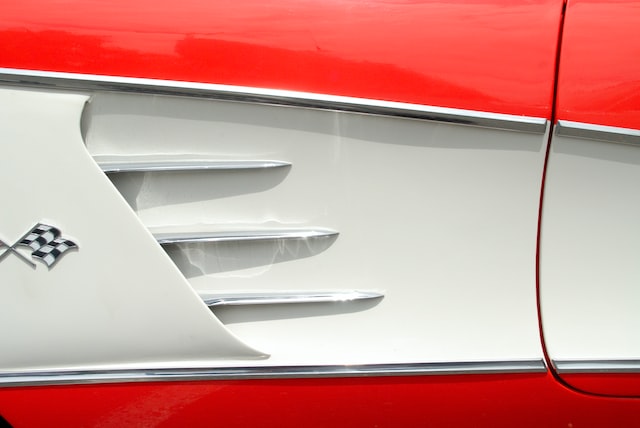How many Corvette owners do you know? If you’re like most people, it’s probably not too many. Corvette owners tend to be more private about their passion, only sharing it with those who are already initiated. But if you’re planning on buying one, or just wondering about the ins and outs of this iconic sports car, there are plenty of interesting facts that even die-hard enthusiasts may not know about the C2 model from the 1960s and ‘70s. Keep reading to learn ten of these little-known facts about the C2 Corvette!
1) The C2 was the first Corvette to be designed as a true convertible
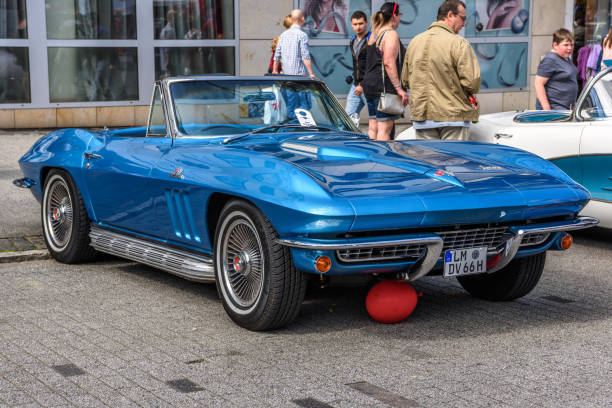
The C2 was the first Corvette to be designed as a true convertible. One of its most striking features was an easily removable hardtop. The first generation of convertibles (1953-1962) had a fully detachable soft top, which could be lowered in seconds and folded into the compartment behind the seats.
2) The engine was moved back 4 inches compared to the C1
The engine was moved back 4 inches compared to the first generation, which gave the car a lower profile and made it more aerodynamic. It also had many other improvements like having disc brakes, a stronger frame and much more horsepower.
3) The C2 was the first Corvette to offer disc brakes
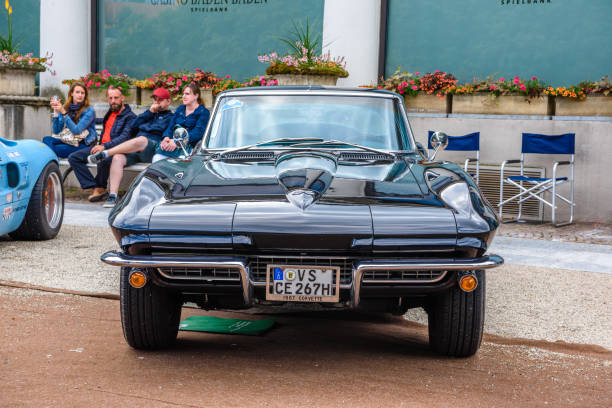
The C2 is a special car for many reasons, but one thing that sets it apart from other generations is that it was the first to offer disc brakes. They were introduced in 1965, and could be equipped on standard models or as a factory option. There were three different types of disc brakes available – two-piston calipers on 1st gear vehicles, four-piston calipers on 2nd gear cars, and six-piston calipers on 3rd gear vehicles.
4) The C2 was also the first to offer power steering
The Chevrolet Corvette is a classic sports car that has been around for decades. The second generation of this car, known as the C2, was produced from 1968 to 1982. This car had many features that are still utilized today on modern cars. For example, it was the first to offer power steering, which means drivers could use less energy when turning and also have more control over their vehicle.
5) Only 63 Sting Rays were built in 1963
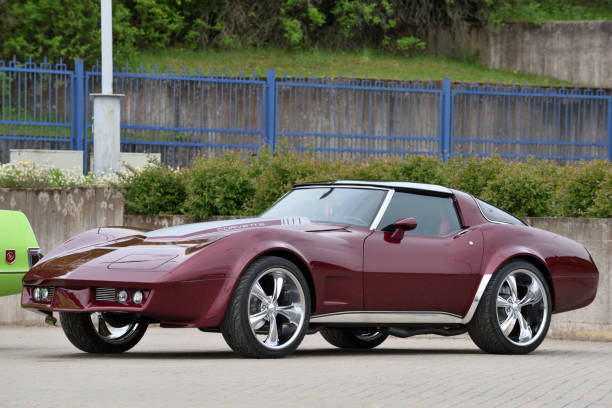
Only 63 Sting Rays were built in 1963, so owning one is pretty rare. They had a 300 horsepower V8 and could go from 0-60 in 5.9 seconds. That’s not too shabby for its time! However, they didn’t last too long on the road because they are extremely expensive to repair.
6) The 1964 Sting Ray was the first to offer independent rear suspension
The 1964 Sting Ray was the first to offer independent rear suspension, and it also marked a change in design from previous Corvettes. The styling of this car is what made it stand out from other models. The Sting Ray had an open-air feel and was considered one of the most beautiful cars ever designed up to that point.
7) The 1965 Sting Ray was the first with an optional big block engine
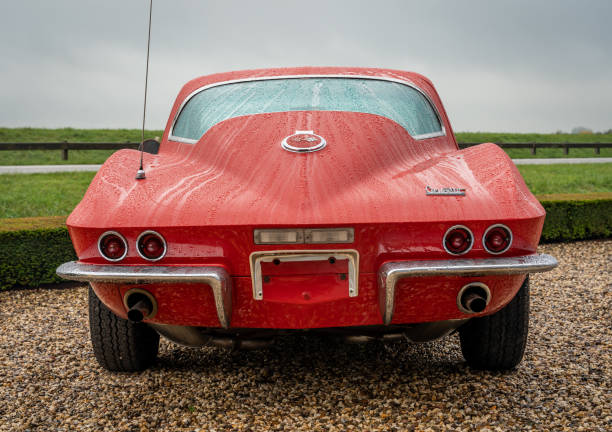
The 1965 Sting Ray was the first model year to offer an optional big block engine. The 390-cubic inch engine produced 425 horsepower and could be mated to either a three-speed manual or a two-speed Powerglide automatic transmission.
8) The 1967 Sting Ray was the first with hidden headlamps
The 1967 Sting Ray is often considered one of the most beautiful cars ever made. It has hidden headlamps and a sleek, yet aggressive, design. The car was powered by an all-aluminum V8 engine that helped it reach speeds of nearly 200 miles per hour. This car was ahead of its time and set a precedent for future generations of Corvettes.
9) The 1968 Sting Ray was the last with side exhaust
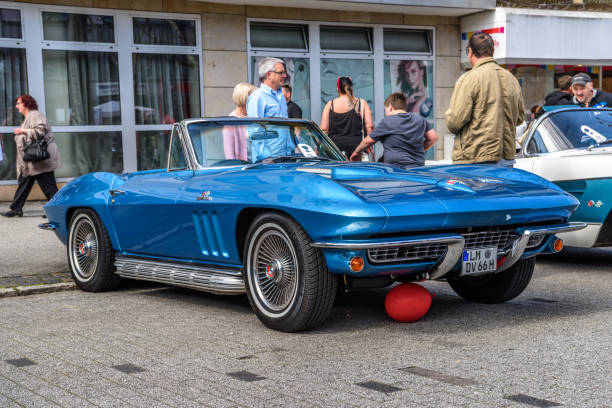
The 1968 Sting Ray was the last with side exhaust. It had a new, larger engine and was offered as either a convertible or a coupe. The 1968 model also came with an optional L88 engine which produced 490 horsepower and had an 11.5:1 compression ratio. The 1968 Corvette only lasted one year, but it is still considered to be one of the most powerful production Corvettes ever made.
10) The 1969 Sting Ray was the first with a front-mounted engine
The 1967 and 1968 Corvettes had a rear-mounted engine, so when it came time for 1969’s Sting Ray, Chevrolet was free to explore other possibilities. The result? The first Corvette with a front-mounted engine. It was also the first time that Chevy offered an optional four-speed transmission in their ‘Vette. The chassis was completely redesigned too, making it stiffer and lighter than previous models.

